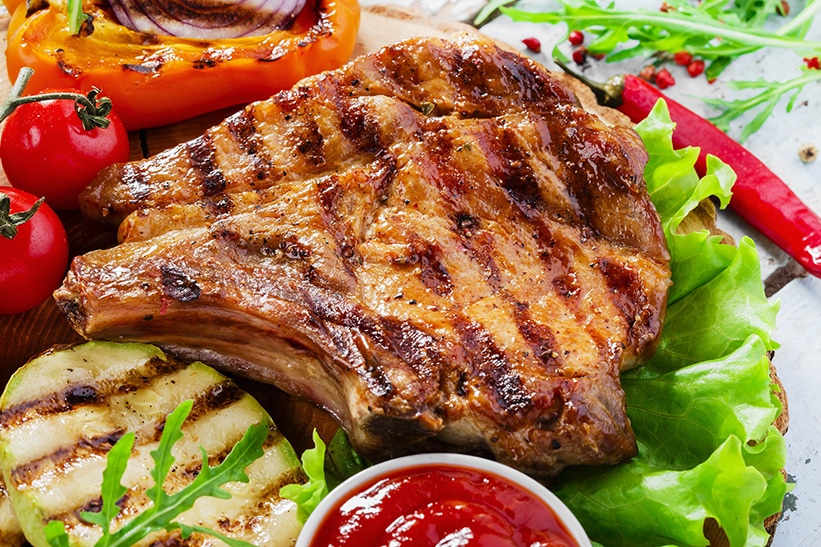Jennifer Shike
Everyone knows that China loves pork. Pork accounts for more than 60% of meat consumption in the country. But American Farm Bureau Federation economist Michael Nepveux says the love of pork might not be enough.
As the largest producer and consumer of pork, China claims almost half of the world’s consumption of this protein source. To put it into perspective, Nepveux says the global annual pork trade is only equivalent to about two months of Chinese consumption.
In light of the African swine fever (ASF) outbreak in China, the country is increasing its pork imports, even purchases from the U.S. in spite of high tariffs on the product. Since mid-February, China has made purchases of over 146,000 metric tons from the U.S., with a major 78,398 MT purchase made the week of April 5.
Although sales can still be cancelled, cumulative exports this year are already trending significantly above 2018 and seem poised to continue to do so, Nepveux says.
“It is also important to not get too far ahead of ourselves in terms of these large disparities between China’s expected production and its consumption needs,” Nepveux says. “China has quite a large amount of pork in stocks to draw from. While the country is eating through them quickly, we should not expect to see an extreme spike in global trade to come until later this year or even potentially early 2020.”
China continues to ban pork imports containing ractopamine, meaning pork in the U.S. will have to come from the approved plants that produce this specific product.
There’s no denying Chinese consumers will still demand pork, but experts expect consumers to substitute other animal proteins for pork. Poultry is poised to benefit the most from Chinese consumers searching for alternative protein, Nepveux says.
“Chicken producers can respond more quickly and ramp up production faster than producers of beef or pork, chicken’s primary competition in the protein market. It typically will take six weeks to grow a bird to market weight, compared with four-five months for pork and 18 months for beef. It is also because chicken may be less of a jump for some consumers in terms of a substitution,” he says.
U.S. chicken remains shut out of the Chinese market, unless a trade agreement is made. Nepveux says U.S. chicken will benefit indirectly, however, by backfilling in other countries.
Beef, the more expensive protein alternative, will benefit some, but most likely not to the degree poultry will. Some Chinese consumers don’t have the purchasing power to make a switch to beef, Nepveux adds.
He notes that dairy industry may see a negative effect during this time, too.
“When pigs are weaned, their starter feed can contain up to 25% dried whey permeate (a non-fluid dairy product). Since China has the largest hog herd in the world, they also have the largest number of piglets, making them large consumers of dried permeate. With the drastic reduction in the sow herd in China, the large amount of dried permeate that Chinese piglets consume is expected to decline,” he says.
Farm Journal’s Pork, 6 May 2019
The South African Pork Producers’ Organisation (SAPPO) coordinates industry interventions and collaboratively manages risks in the value chain to enable the sustainability and profitability of pork producers in South Africa.
















